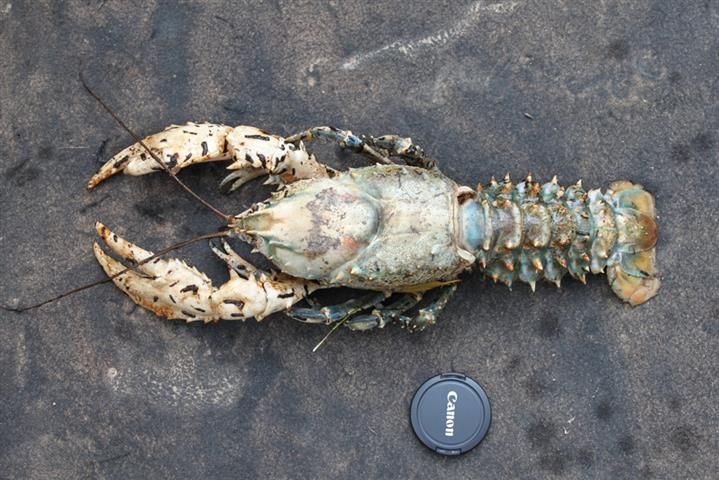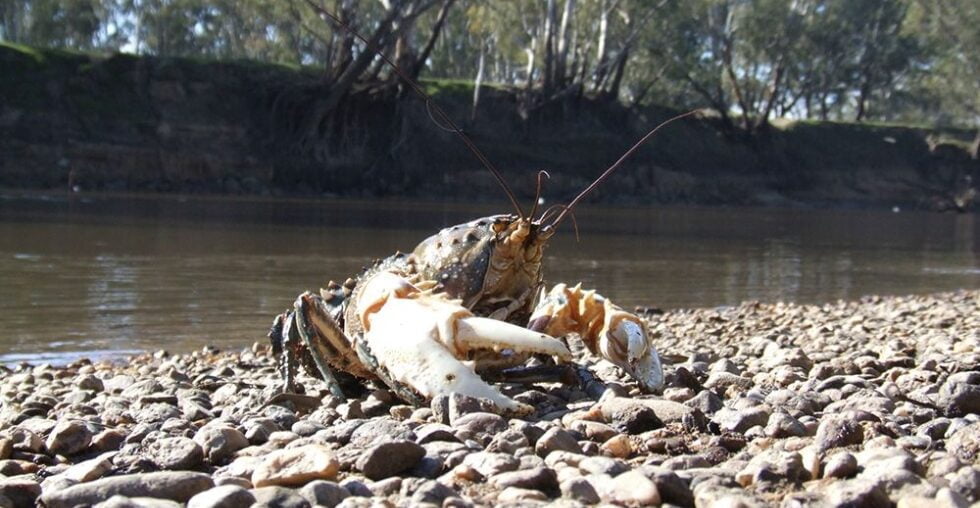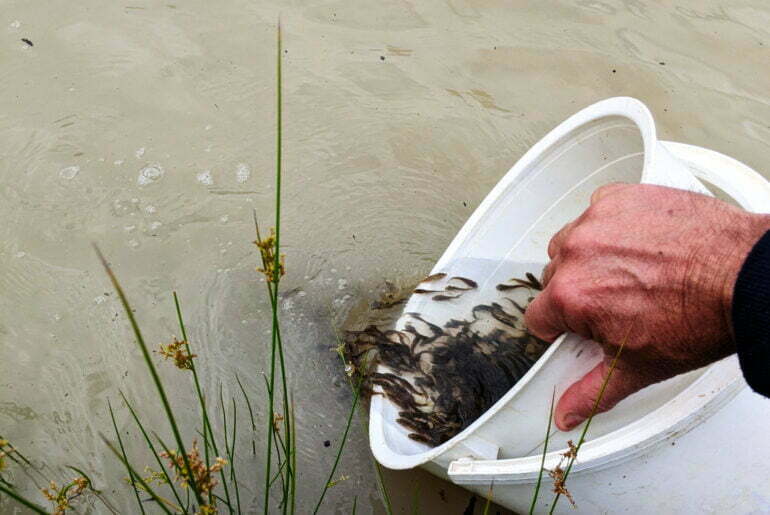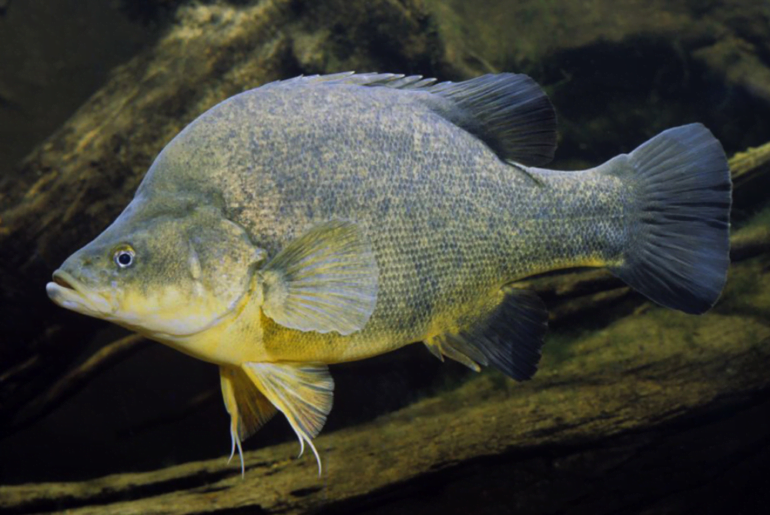Conservation of species that face multiple threats is challenging, particularly where those threats include harvesting as a resource by people. This is the case for many species of freshwater crayfish which are economically important in many countries, yet approximately one-third of the more than 600 species worldwide are at risk of extinction.
The Murray Crayfish Euastacus armatus occurs in the southern Murray-Darling Basin of south-east Australia. It’s the second largest freshwater crayfish in the world, growing up to 0.5 m in length and 3 kg weight, and lives to 25 years or more. Commercial harvest of this species stopped in 1987 but there is an active recreational fishery. This pressure from harvesting, along with river regulation, pesticides and pollutants, habitat change, and events of low dissolved oxygen (hypoxic ‘ blackwater’ disturbance) have contributed to declines in both its distribution and abundance.

ARI scientist, Charles Todd, led a team that developed a population model for the Murray Crayfish, calibrating it with available information on vital rates, such as age-specific survival and fecundity. Population viability analysis is used to assess the viability of a species under different scenarios, such as different conservation and management options. Here, the team gave particular attention to the potential effects of a population decline due to occurrence of a hypoxic blackwater event, and to the effects of recreational fishing. They found that Murray Crayfish populations face increasing risks with increasing fishing pressure, particularly when combined with even a moderate likelihood of a hypoxic blackwater event occurring.
Modelling informing management
By testing various fishery regulations (e.g. length limits), the modelling showed that recent changes to the harvestable length limit (10-12 cm, occipital carapace length) for legally harvesting crayfish appears to be a suitable protection measure, given background levels of blackwater disturbance. While based on the best available information, some parameters in the model are uncertain due to lack of knowledge, with particular sensitivity associated with survival rates of young crayfish.
Another management approach that has been adopted is the conservation stocking program (commenced in late 2017) where 200 Murray Crayfish were moved from an area where they are abundant to a site downstream in the Murray River which has suffered a significant decline in local population.
Additional reading: New program aims to boost Murray Crayfish population
A strength of such a modelling approach is its ability to test different scenarios, or ‘what if’ situations for management. In this case, the approach integrated fishing and conservation in a single framework, and was able to test the likely impact of potential changes to fisheries regulations on harvest.




